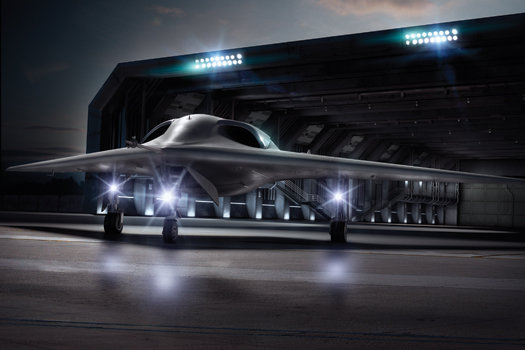
Under Cover The Lockheed Martin RQ-170 Sentinel, an unmanned reconnaissance drone, is the most recent aircraft to emerge from the military’s “black” budget. Nick Kaloterakis
Not since the end of the Cold War has the Pentagon spent so much to develop and deploy secret weapons. But now military researchers have turned their attention from mass destruction to a far more precise challenge: finding, tracking, and killing individuals.
Every year, tens of billions of Pentagon dollars go missing. The money vanishes not because of fraud, waste or abuse, but because U.S. military planners have appropriated it to secretly develop advanced weapons and fund clandestine operations. Next year, this so-called black budget will be even larger than it was in the Cold War days of1987, when the leading black-budget watchdog, the Center for Strategic and Budgetary Assessments (CSBA), began gathering reliable estimates. The current total is staggering: $58 billion—enough to pay for two complete Manhattan Projects.
Where does the money go? Tracking the black budget has always been a challenge. Constantly shifting project names that seem to be randomly generated by computers—Tractor Cage, Tractor Card, Tractor Dirt, Tractor Hike and Tractor Hip are all real examples—make linking dollar amounts to technologies impossible for outsiders. But there are clues. By Sharon Weinberger
